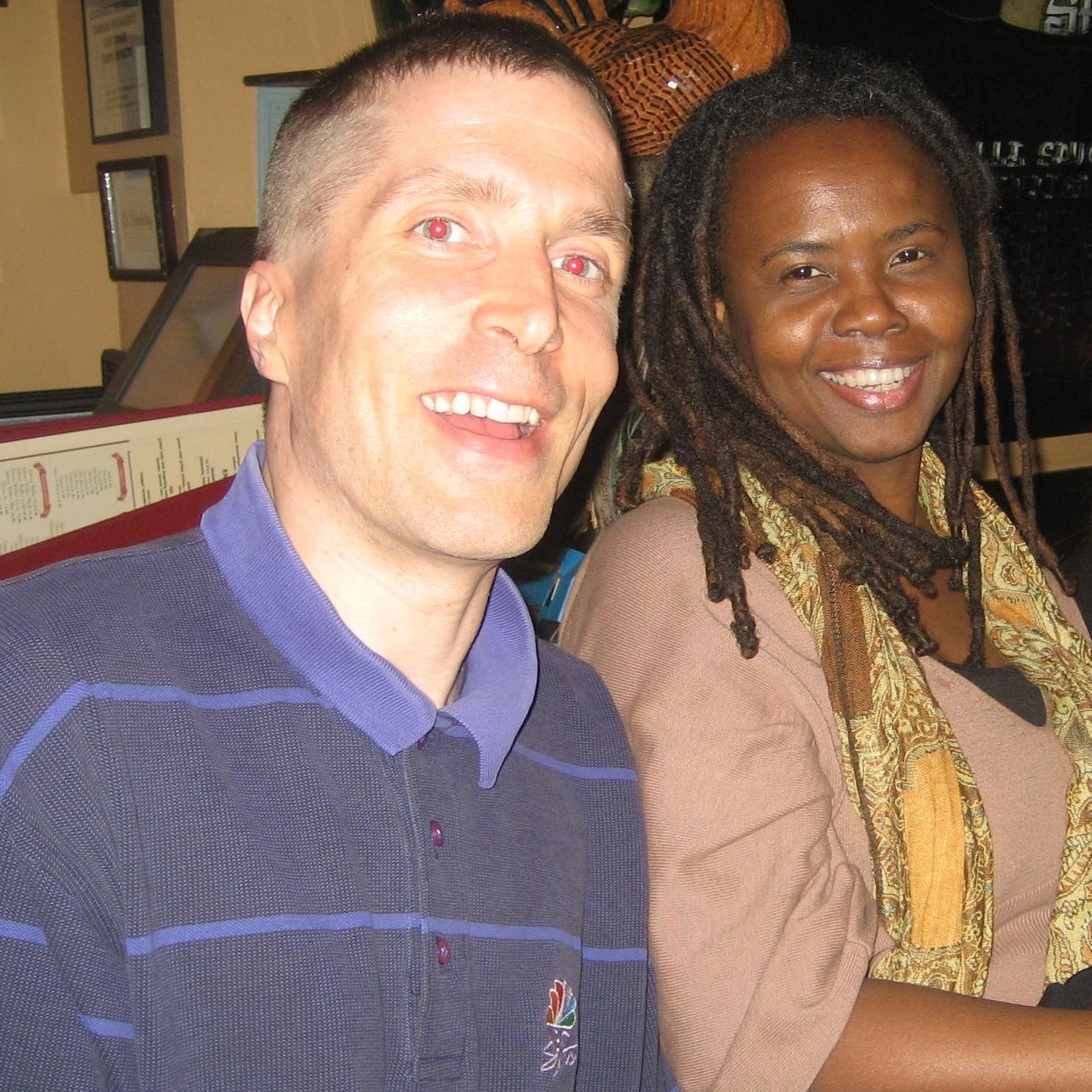Backgrounding and fact-checking are related in the sense that they both fall under the umbrella of “due diligence” or “doing your homework.” Of all the research topics we teach here at the J-school, this is probably the most important. Certainly, not doing proper backgrounding and fact-checking has the most potential to make you look bad. As I said in my introductory backgrounding lesson in Craft I, you don’t want to do a friendly story on someone, only to be burned by not doing proper backgrounding. We saw an example in class last week.
My rather glib definition of backgrounding is “finding out information about people they don’t want you to know.” I do it as a matter of course in my job as a news researcher, but reporters should be able to do for themselves too.
In the same vein, 100% factual accuracy in stories is a goal worth pursuing, no matter how tough it may be to achieve. Among the most common kinds of facts that need to be checked and double-checked (and triple-checked!) in any story are statistics, names, dates, ages, quotations, locations, titles and degrees. Preferably, you want to verify them via primary sources–as opposed to secondary–and then cite these sources, where appropriate. Fact-checking really boils down to answering two basic questions…
- Are you sure?
- Says who?
If you crave a little more detail on fact-checking, a few good accuracy tip sheets can be found here, here and here. And here is an example of what can happen if your fact-checking is lax.
What specific sources do I suggest? (Wikipedia? Ha ha. No!) While Accurint is undoubtedly my favorite backgrounding resource, there are plenty more you can use on my backgrounding handout, many (but not all) of which are also suitable for fact-checking. I particularly recommend government resources, and premium subscription databases like we have through the Research Center. One such database good for fact-checking is Facts on File, especially useful for finding dates and details of major events going back to 1940.
Then there are a whole host of court resources not on my backgrounding handout.
Again, keep in mind that primary sources are generally preferable to secondary sources, but that’s not to imply there aren’t unreliable primary sources or very reliable secondary ones. For example, people could easily lie, exaggerate or make errors on their (primary) Facebook pages, while Facts on File is a strong secondary source. And the more reliable sources you have for any fact, the better. Relying on a single source is asking for trouble.
Bonus fact-checking tip: Superlatives such as “only,” “first” or “most” are often misleading and/or difficult to verify. Use them judiciously.
Double bonus: Barbara Gray has her own backgrounding research guide with more resources.


